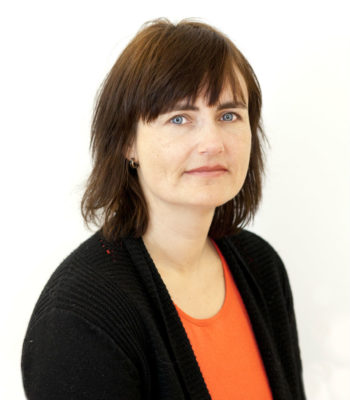WP2: Foresight analysis – envisioning an integrated bioeconomy
At the centre of the project will be a Foresight Analysis (FA) Godet et al. (2007: 8) succinctly defines FA as “a discipline which seeks enlightened anticipation by clarifying actions made in the present through the thoughtful examination of both possible and desirable futures.” The use of FA to define desirable futures is critical as the nature of the bioeconomic transition depends on “the logic of actors, and to their representations of the future at the moment of making their decisions” (Nieddu & Vivien., 2013: 132). As with socio-technical transition theories, however, applications of FA in the past have focused on the scale of the sector (e.g. agriculture – Gomez-Limon et al., 2009), industries, or companies. We need to look wider and deeper.
WP2a: Phase 1: Creating sector-based scenarios for bioeconomic development
Objective: To assess individual bio-sector “future images” of the bioeconomy in 2030 and key barriers, resource requirements, and bottlenecks to achieving these future visions.
Method: The sectors chosen for the foresight analysis are based on those used in the European Commission’s Bioeconomy Panel (see EU, 2012b: 16), namely (1) industrial sectors and associations, (2) universities, researcher organisations and the scientific community, and (3) farming, (4) forestry and (5) fisheries organisations. WP2a will involve a nationwide postal/e-mail survey of experts and leaders in key sectors in the bioeconomy. This will target 300 responses from each sector (total 1500) and across a range of different businesses within each sector. Our industry partner (The Federation of Norwegian Food, Agricultural and Forestry Enterprises) and the User Group (see Section 4) will assist in selection of respondent types (groups within each biosector). The questionnaire will be constructed in consultation with all science WPs and with the guidance of foresight analysis expert, Dr Kristian Borch. Recent foresight and scenario experiences and exercises within the five sectors (e.g. Hurmekoski and Hetemäki, 2013) will also be used to help develop the questionnaires. Respondents in each sector will be asked to identify key drivers to bioeconomic development for their sector, what they believe development will/should look like (to construct the “future images”), as well as to identify factors that may inhibit or promote development – in particular, energy, transport, human capital, technology, legal framework, policy, resources, location, consumer and citizen demand, and waste issues. Issues concerning integration of the sectors (such as waste transfer or shared development costs) will be of particular interest and a number of organisations already operating across sectors (e.g. Nofima) will be identified and targeted with adapted questionnaires looking at issues of integrating the sectors.
Output: The output of this WP will be “future images” for each of the sectors as well as key data on related challenges and opportunities. This will be both (a) analysed within WP2b to match sector images/needs, and (b) form a knowledge database for other WPs at the early stage of the project.
WP2b: Phase 2: Creating integrated scenarios for “smart” bioeconomic development
Objective: To create four detailed and shared “future image” scenarios for the development of a “smart” bioeconomy in Norway across the key bio-sectors the public, and local and national authorities – as well as an understanding of how to manage the transition.
Method: There are two stages to this. First, the data from WP2a will be analysed to identify common bottlenecks, facilitating factors, locational issues, logistical needs, transitional needs, etc. across all sectors. This will result in the identification of core supply chain issues to be addressed and provide information for other WPs to begin exploring related issues such as resourcing, location and public response. Second, we will engage in an intensive foresighting consultation process using collective methodologies, seminars, and individual interviews to explore discourses between different stakeholder groups (advised by analysis from ALL WPs). In recognition of likely conflicts, the objective here is to develop not one but 4 possible “future images” for the bioeconomy and understand the trade-offs that may be necessary in adopting one view or the other. This will engage a wider range of stakeholders, in particular, citizens organisations and representatives of regional and national governance (in addition to the 5 bio-sectors).
Outputs: The key output of this process will be 4 integrated and in depth foresight scenarios for the bioeconomy combined with an assessment of how to transition to each scenario and the trade-offs that might be required. These scenarios will be assessed for sustainability (WP8) and value creation (WP9) and will form the basis of the policy analysis in WP10.
WP leader: Dr Hilde Bjørkhaug, Ruralis.
Additional participants: Dr Kristian Borch (Denmark). Ruralis. Bioforsk. NFLI. Agripol. NORUT. PhD student Lillian Hansen, Ruralis (50%).

